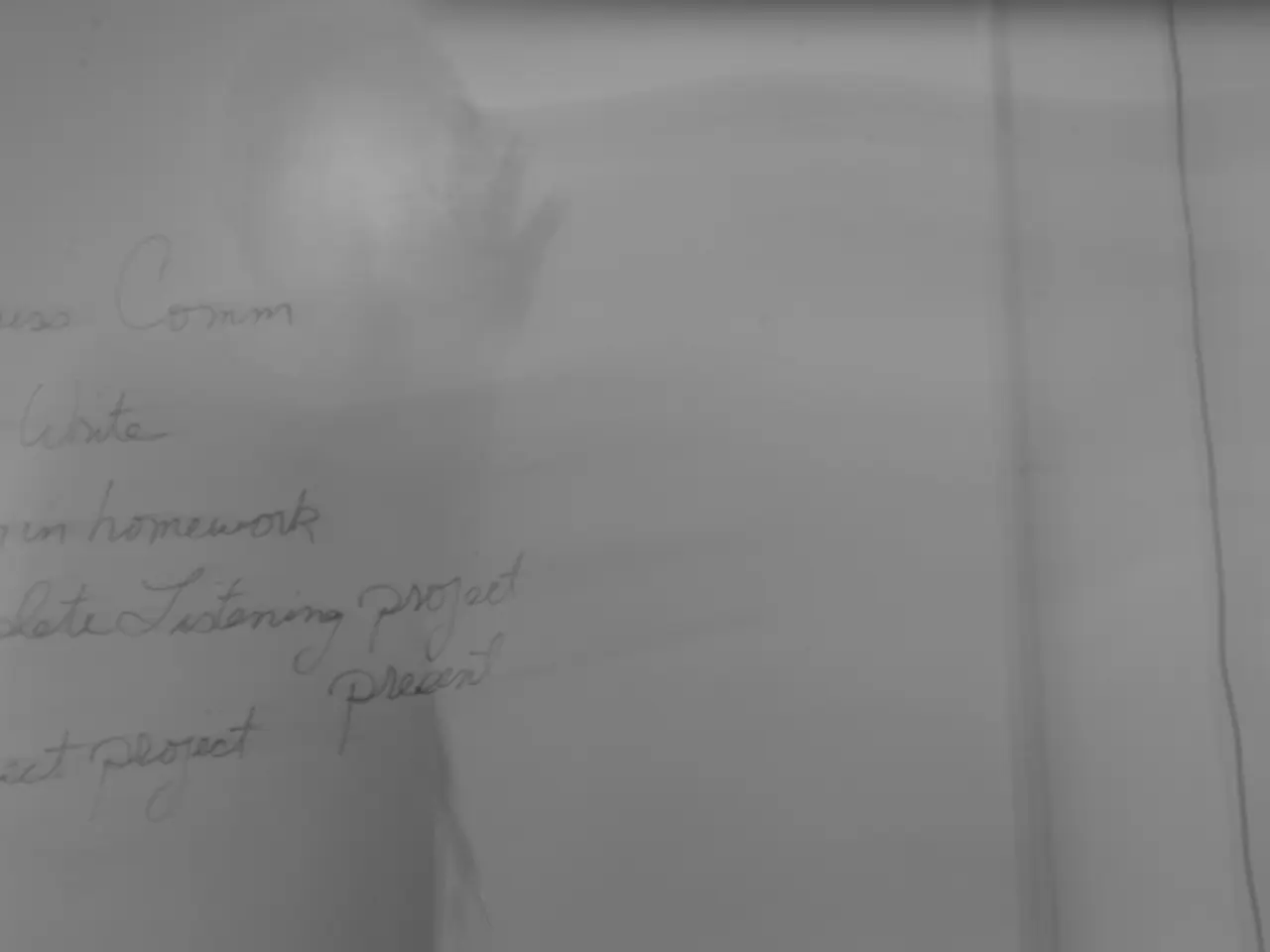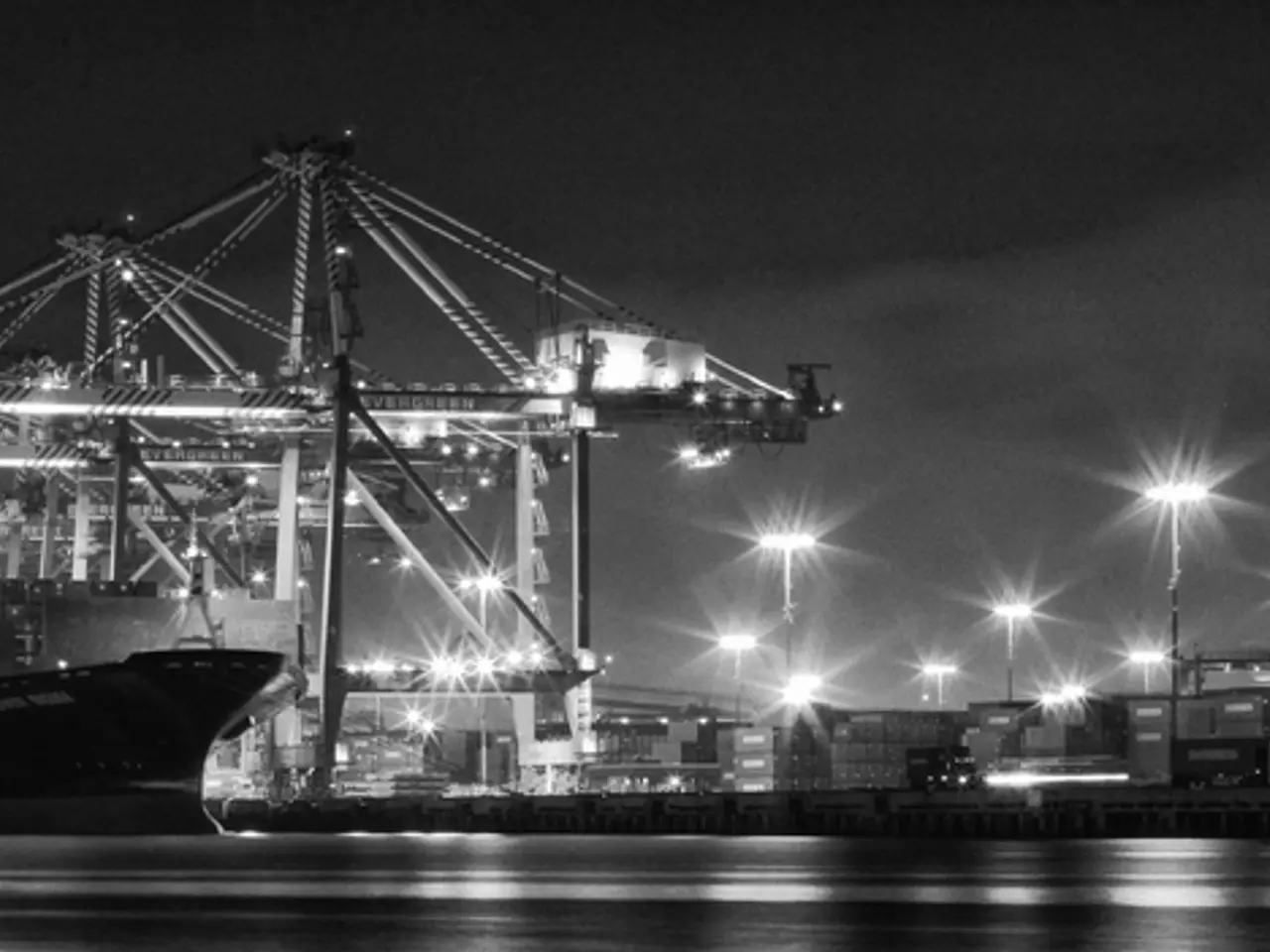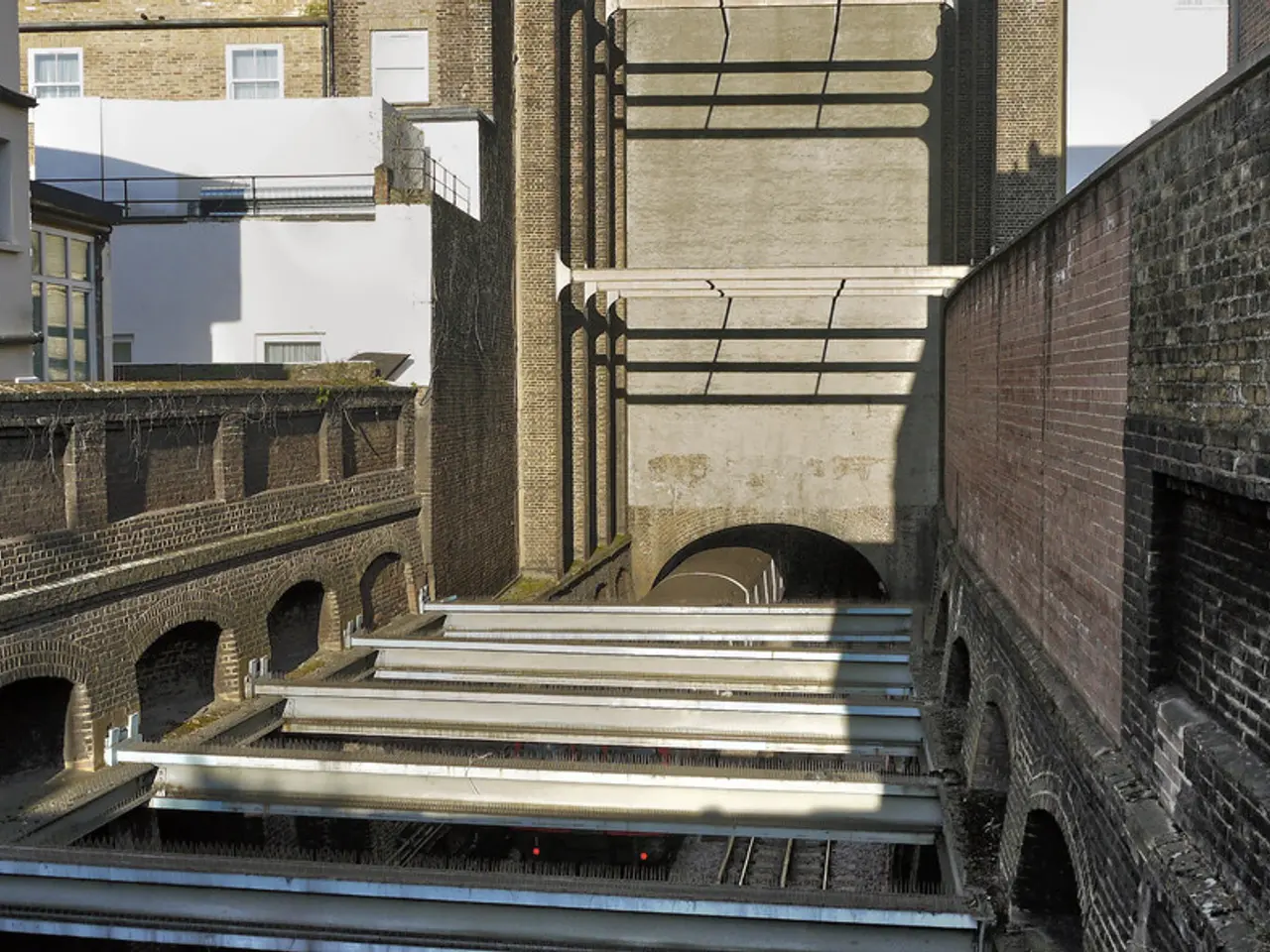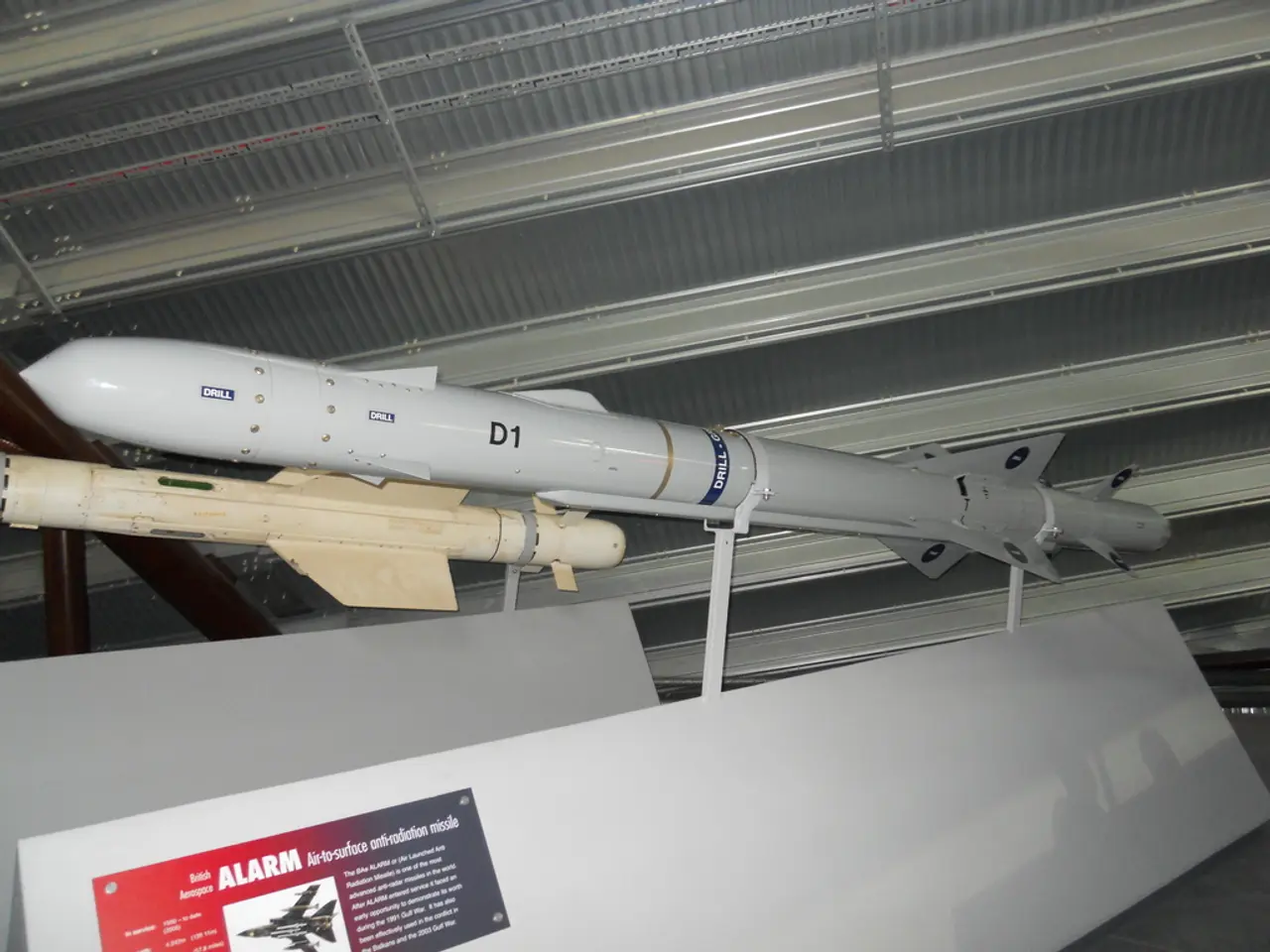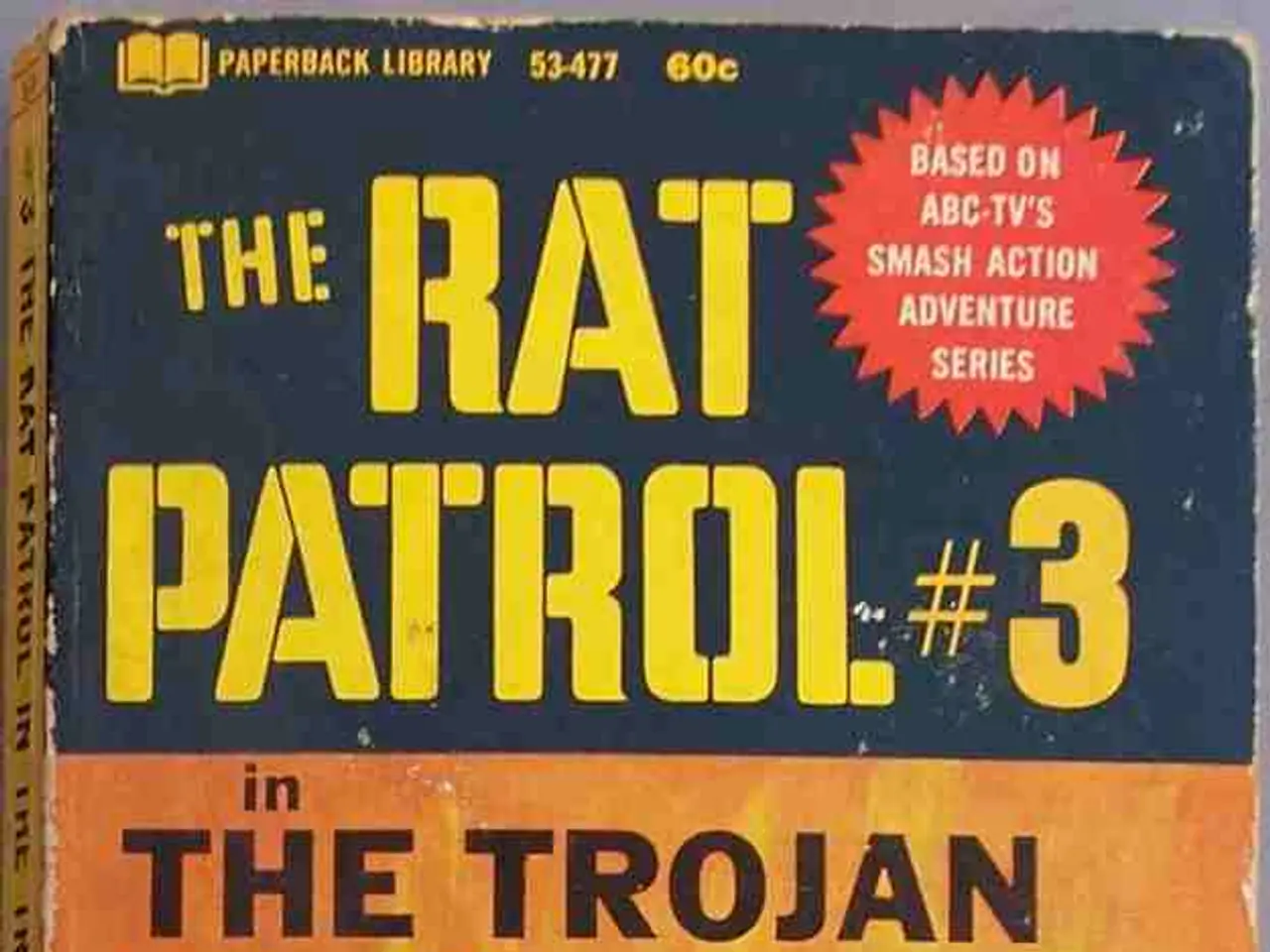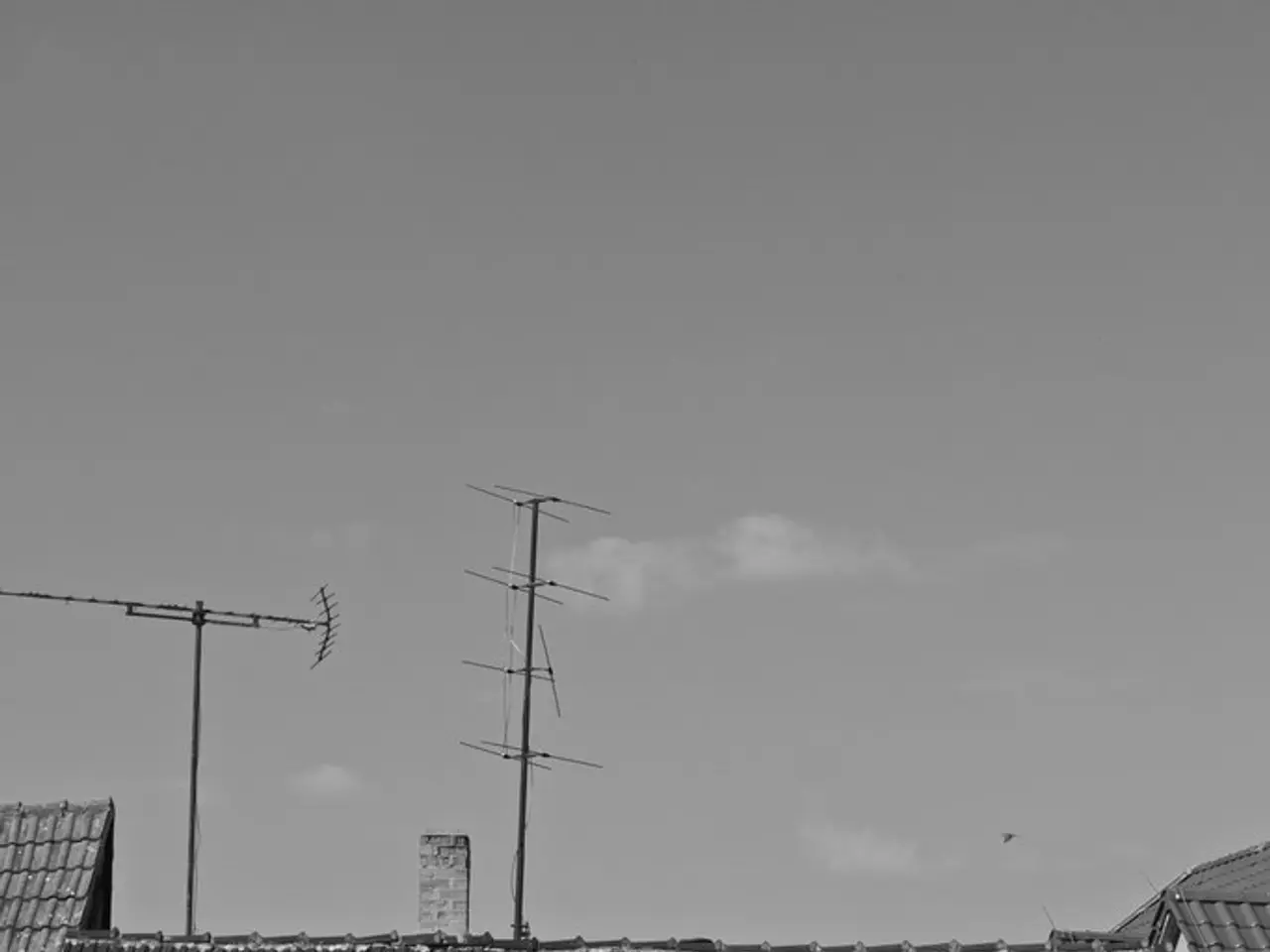Supreme Court Decisions by Bill Straub: Decades-Long Precedents and American Identity Disintegrate
In the second term of President Donald J. Trump's presidency, the checks and balances system in the U.S. government appears strained but operational, with notable tensions between the executive branch and other institutions, including the judiciary.
The executive branch under Trump is actively pushing boundaries of presidential power, particularly on immigration and detention policies, with discussions about suspending habeas corpus raising constitutional concerns. The Supreme Court, historically a critical arbitrator of executive power, has the potential to continue acting as a key check, adjudicating disputes arising from such executive actions.
The Trump administration's stance on potentially suspending habeas corpus, a fundamental legal safeguard, explicitly tests constitutional boundaries designed to balance power among branches. During Trump's first term, the Supreme Court played a pivotal role in cases involving executive orders, showcasing its role in maintaining constitutional checks on presidential powers.
However, the Supreme Court's involvement in Trump's second term is not as clear-cut. While the Court has allowed the Trump administration to proceed with mass firings and lay-offs in several departments, its inaction has been criticized as complicity in the assault on checks and balances. The court's decision not to reinstate fired officials, like Dr. Erika McEntarfer, commissioner of the Bureau of Labor Statistics, has been seen as a disturbing recent pattern that allows the president to bypass Congress and violate 90 years of precedent.
Michael Waldman, president and CEO of the Brennan Center for Justice, has criticized the Supreme Court's actions, stating that they represent a new way to hand power to a lawless executive. The Court's actions are seen as a "disturbing recent pattern" that allows the president to bypass Congress and violate established precedent.
The issue of firing officials without cause may be heard by the Supreme Court in an upcoming session. Meanwhile, Congress has been largely dealt out of the equation as Trump has signed numerous executive orders and embargoes congressionally approved spending.
Trump has sought to dismantle institutions, such as seeking to close the Department of Education, which was created by Congress in 1979, and has fired about 1,300 workers, rendering it impossible for the agency to conduct business.
The nation, now 249 years old, has survived a Civil War and a Depression. Yet, the current political climate under President Trump raises questions about the resilience of the checks and balances system, with the Supreme Court's actions being a significant factor.
In summary, the executive branch under Trump is actively pushing boundaries of presidential power, while the Supreme Court's actions have been seen as a "disturbing recent pattern" that allows the president to bypass Congress and violate established precedent. The future of the checks and balances system remains uncertain, with the Supreme Court's role being a crucial factor in maintaining the balance of powers.
1) The checks and balances system in the U.S. government, under President Donald J. Trump's presidency, appears strained yet operational, marked by significant tensions between the executive branch and other institutions, such as the judiciary.
2) The Trump administration's immigration and detention policies, including potential discussions about suspending habeas corpus, have raised constitutional concerns, explicitly testing the boundaries of Presidential power.
3) The Supreme Court, traditionally a critical mediator of executive power, has the potential to continue acting as a key check, adjudicating disputes arising from such executive actions.
4) However, the Supreme Court's involvement in Trump's second term has been questionable. While it has allowed the Trump administration to proceed with certain actions, its inaction has been criticized as complicity in the erosion of checks and balances.
5) The ongoing issue of firing officials without cause may be heard by the Supreme Court in a future session. Meanwhile, Congress has been largely sidelined as Trump has bypassed it through numerous executive orders and embargoes.
6) Trump has sought to dismantle institutions, such as the Department of Education, which was created by Congress in 1979, and has fired about 1,300 workers, rendering it impossible for the agency to operate.
7) The future of the checks and balances system remains uncertain, with the Supreme Court's role being a crucial factor in maintaining the balance of powers. This current political climate raises questions about the resilience of the system, which has guided the nation for 249 years, through events like the Civil War and the Depression.
